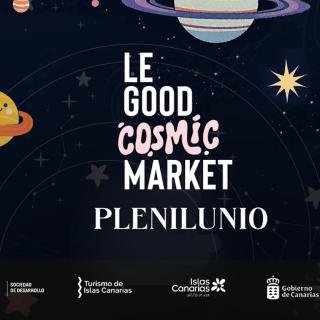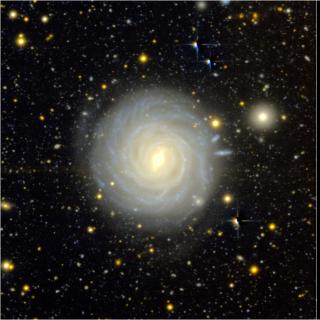The IAC will have 5% of the observation time with educational purposes in any telescope in the world in this net
The Instituto de Astrofísica de Canarias (IAC), in the frame of its educational and outreach projects, has signed an agreement with the “Telescope Society” (ST) in Delaware (USA), in representation of “Telescope Time, Inc.” for the establishment of optical robotic telescopes at the Teide Observatory (Tenerife). It is about starting a “live astronomy” experience called SLOOH, that, in the future, wishes to create a worldwide network, in order to be able to observe at any time of day. The initial contact between the Telescope Society and the IAC, and the following meetings have happened thanks to the Sociedad Canaria de Fomento Económico SA PROEXCA.
According to its statutes, the ST intends to capture a world-wide interest in astronomy. For this reason, it wants to place an optical robotic telescope network in the locations with the highest sky quality in the world, and make them available to the general public for a fee.
This new facility of the Teide Observatory is called “Optical Telescope Array” (OTA). At present, OTA is composed of two automatic capsules with a meteorological station, two 16’’ (=40, 64 cm) F10 Schmidt-Cassegrain reflecting telescopes, two robotic telescope mounts with a margin of error of less than 5 arcseconds and an “All Sky” camera.
The unique geographical and atmospheric conditions for observation present in the IAC Observatories, along with the difference in observation time (hourly) with respect to the United States, will allow the ST, according to his president, Michael Paul Paolucci, to present daylight Astronomy in his country.
The IAC intends to dedicate 5% of the observation time at the telescopes to be installed at the Teide Observatory to facilitate observation for schools, science museums and planetariums. In the future, this time will be used for observation with telescopes in other parts of the world, to observe during the day. In this sense, the ST will translate its educational program into Spanish, which will allow for an increase in the appreciation of the astronomical sciences in the whole Spanish-speaking community.
More information at:
http://www.slooh.com/homejs.jsp


